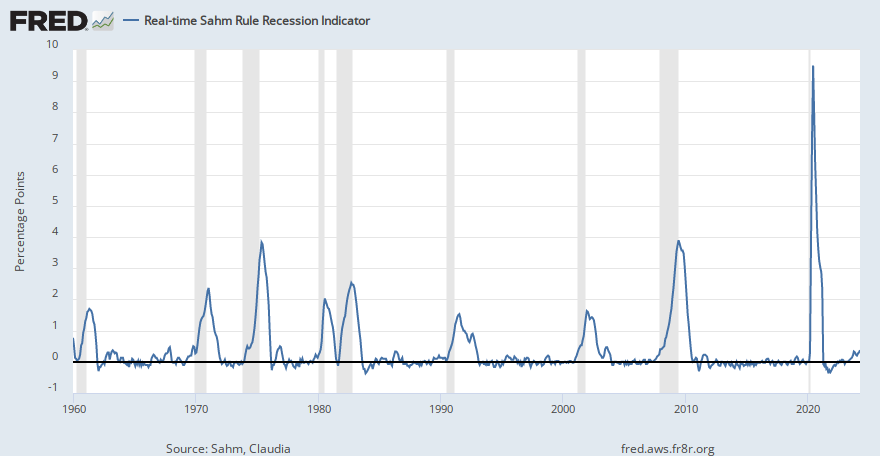- Joined
- Aug 21, 2009
- Messages
- 19,696
- Reaction score
- 7,200
- Location
- Pindostan
- Gender
- Male
- Political Leaning
- Other
This young man does an excellent job explaining what is going on involving the divergence between the “real economy” and the “financial economy,” or what I call the “bubble economy.”
The main takeaways:
The History:
1. Growth of cheap credit and derivatives fueled excessive speculation in the financial
markets that eventually led to a financial panic in 2008 as a result of a lack of liquidity.
2. The Fed and provided record amounts of liquidity and expanded its balance sheet in order to stabilize the markets and the economy.
3. Much of the liquidity created in the wake of the Great Recession flowed not into the real economy, but the financial economy as the real economy was burdened by excessive debt.
4. The Fed has found new, innovative ways of adding liquidity without increasing its balance sheet, such as purchasing longer-dated Treasuries (which require lower bank reserve levels), various loan facilities such as the the Bank Term Funding Program (BTFP), and reverse repos.
5. Essentially, the financial markets have become addicted to cheap money while the real economy remains burdened with debt.
6. Follow the money. If you want to get a clue as to where the real economy is headed, follow the money supply (M2). To see where asset prices are going, follow liquidity, i.e. credit spreads between 90-day Treasuries and high-quality, short-term commercial paper.
The Future: Expect historic levels of inflation and hold a diversified portfolio of assets, including crypto.
Of course, the question we need to ask is is there a point at which it becomes unlikely or impossible for the Federal Reserve and fiscal authorities to successfully reflate our increasingly debt-burdened economy? Is inflation the only possible scenario, or is deflation also a risk? Yeah, I think deflation is definitely a risk if our rickety system breaks because of another financial panic or banking crisis. So, although it may be counterintuitive, having some Treasuries in your portfolio could prove to be a useful hedge.
The main takeaways:
The History:
1. Growth of cheap credit and derivatives fueled excessive speculation in the financial
markets that eventually led to a financial panic in 2008 as a result of a lack of liquidity.
2. The Fed and provided record amounts of liquidity and expanded its balance sheet in order to stabilize the markets and the economy.
3. Much of the liquidity created in the wake of the Great Recession flowed not into the real economy, but the financial economy as the real economy was burdened by excessive debt.
4. The Fed has found new, innovative ways of adding liquidity without increasing its balance sheet, such as purchasing longer-dated Treasuries (which require lower bank reserve levels), various loan facilities such as the the Bank Term Funding Program (BTFP), and reverse repos.
5. Essentially, the financial markets have become addicted to cheap money while the real economy remains burdened with debt.
6. Follow the money. If you want to get a clue as to where the real economy is headed, follow the money supply (M2). To see where asset prices are going, follow liquidity, i.e. credit spreads between 90-day Treasuries and high-quality, short-term commercial paper.
The Future: Expect historic levels of inflation and hold a diversified portfolio of assets, including crypto.
Of course, the question we need to ask is is there a point at which it becomes unlikely or impossible for the Federal Reserve and fiscal authorities to successfully reflate our increasingly debt-burdened economy? Is inflation the only possible scenario, or is deflation also a risk? Yeah, I think deflation is definitely a risk if our rickety system breaks because of another financial panic or banking crisis. So, although it may be counterintuitive, having some Treasuries in your portfolio could prove to be a useful hedge.
Last edited:

